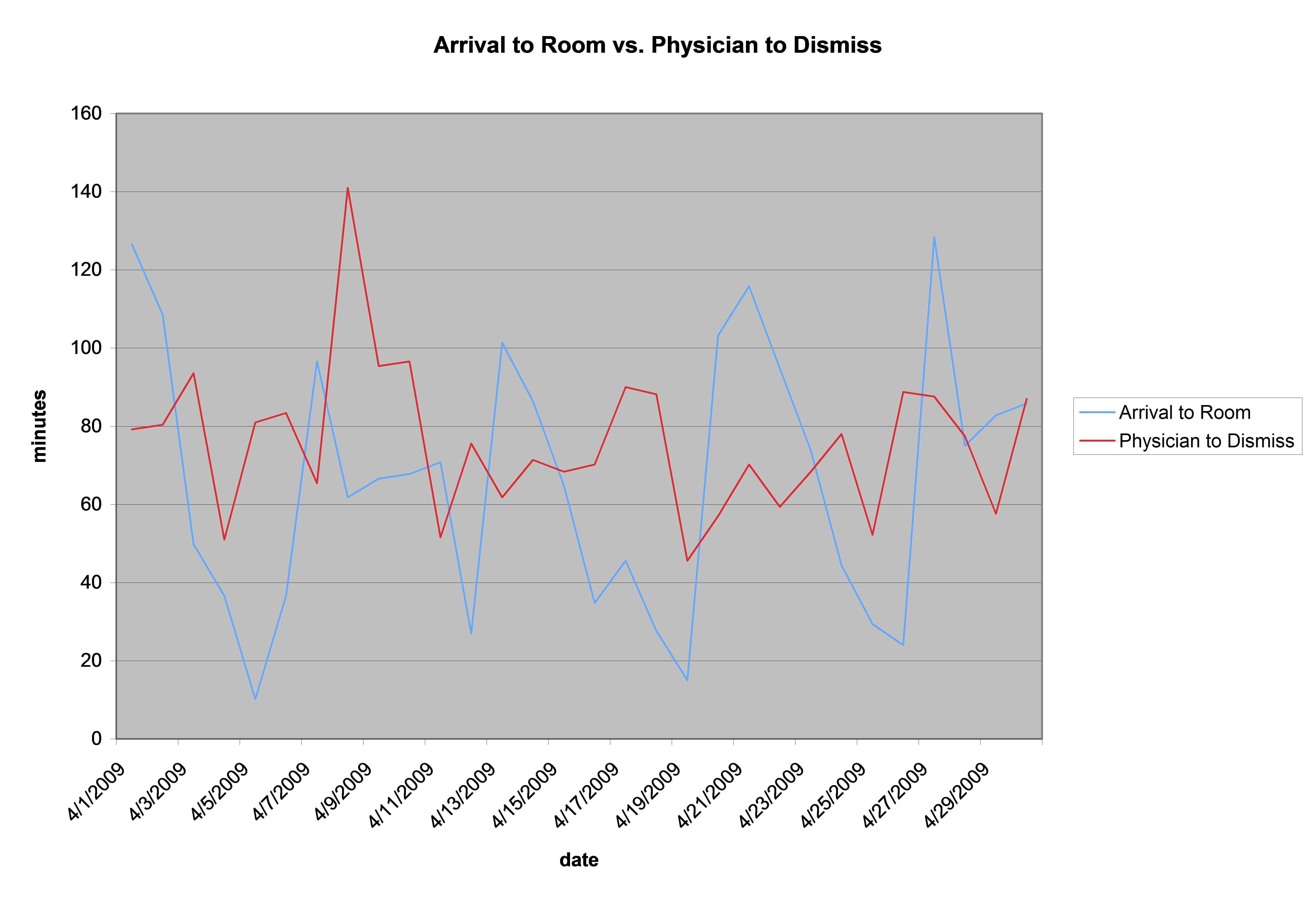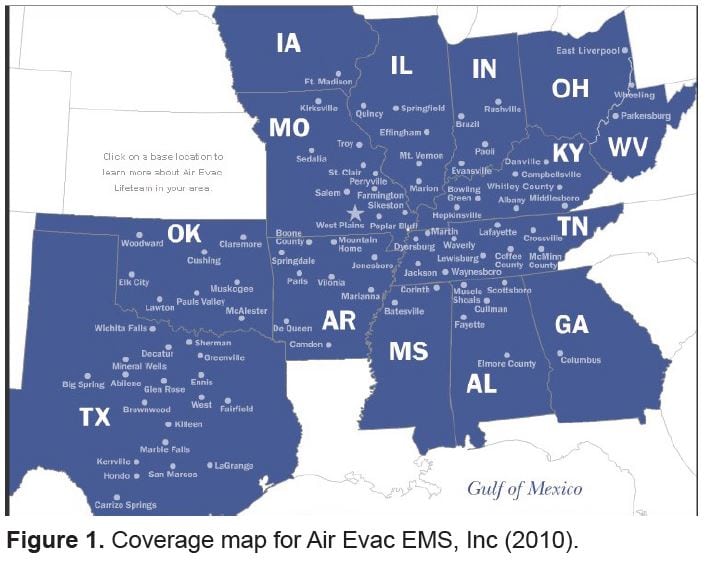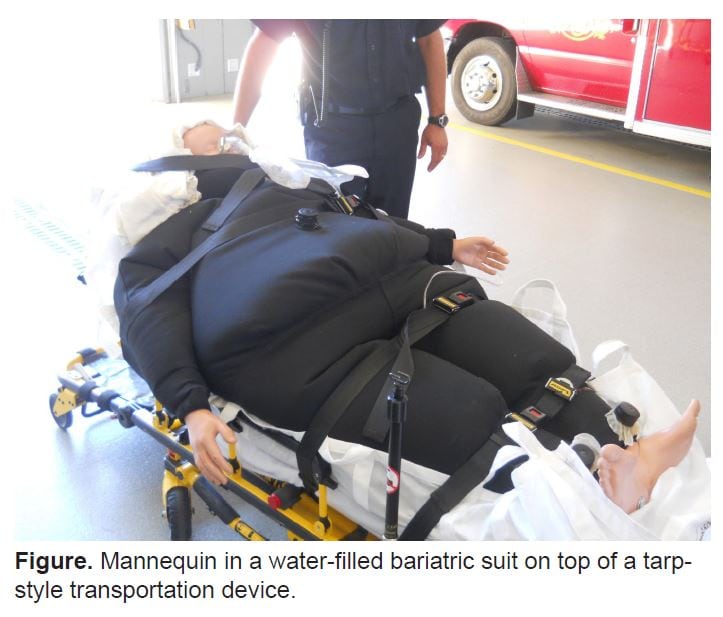Original Research
Emergency Department Operations
Does Prolonged Length of Stay in the Emergency Department Affect Outcome for Stroke Patients?
WestJEM Read More
Emergency Department Operations
Follow Up for Emergency Department Patients After Intravenous Contrast and Risk of Nephropathy
WestJEM Read More
Emergency Department Operations
Skin Infections and Antibiotic Stewardship: Analysis of Emergency Department Prescribing Practices, 2007–2010
WestJEM Read More
Ethical and Legal Issues
Informed Consent Documentation for Lumbar Puncture in the Emergency Department
WestJEM Read More
Emergency Department Operations
Hospital Factors Impact Variation in Emergency Department Length of Stay more than Physician Factors
WestJEM Read More
Emergency Department Operations
Impact of a Teaching Service on Emergency Department Throughput
WestJEM Read More
Emergency Department Operations
Emergency Department Length of Stay: Accuracy of Patient Estimates
WestJEM Read More
Emergency Department Operations
Impact of Decontamination Therapy on Ultrasound Visualization of Ingested Pills
WestJEM Read More
Societal Impact on Emergency Care





